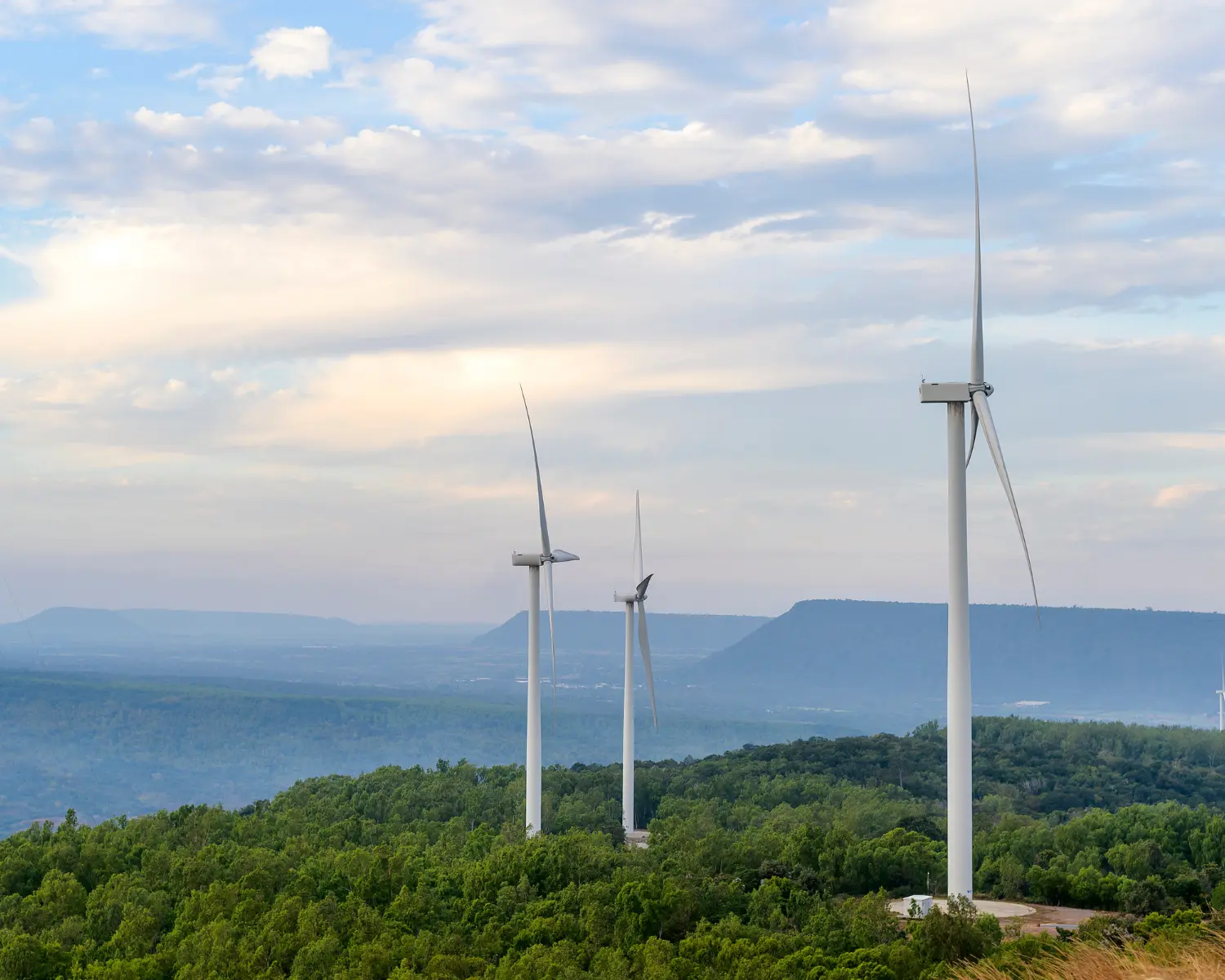
CO₂-Kompensation – how to make it work without greenwashing
What to do with unavoidable greenhouse gas emissions? In this article, you will learn how to tackle carbon offsetting – with effective projects and without greenwashing.
Your carbon footprint and climate strategy have been drawn up and you are already reducing the first greenhouse gas emissions. But it is slowly becoming clear: Despite all your efforts, you will be left with certain residual emissions! What to do with the unavoidable emissions? If you are also faced with this question, this article is for you. Because of course, CO₂ compensation is the obvious solution. But…
Careful – Carbon offsetting is a double-edged sword
Carbon offsetting has long been a contentious issue. Quite rightly so, as the situation on the carbon market is actually not so rosy: the voluntary carbon market is currently not regulated by either state supervision or a binding legal framework. Instead of legally binding criteria for the validation of carbon offsetting, there are only a number of private standards and registries with different quality criteria. This makes the market structure opaque and leads to major differences in quality within the climate protection projects on which the so-called CO₂ credits are based. One example: Deutsche Umwelthilfe (DUH) has already successfully filed several lawsuits against offsetting through forest projects and reforestation. The reasons: The estimated forest area could not offset the amount of CO₂ emitted at all or the project did not run long enough to keep up with the lifespan of CO₂ in the atmosphere. This leaves you with two problems:
- You cannot rely solely on the information provided by standards and registers for quality assurance
- At the same time, your company is expected to report truthfully, as greenwashing is penalised.
Actually, you should now take another look at the certified projects yourself. As you can imagine: It will be time-consuming. Together with our partner ClimateGrid, we will show you how to efficiently select reputable carbon offsetting projects.
6 factors for the selection of serious projects for CO₂ compensation
1. Impact
The projects should have measurable positive effects on the environment that, where possible, go beyond the mere reduction of CO₂ emissions. This includes the protection of biodiversity, but also the improvement of air and water quality as well as the restoration and preservation of ecosystems (co-benefits). A strong environmental impact means that the selected project makes a holistic contribution to environmental protection.
2. Methodology and verification
The projects should be based on recognised scientific methods and standards. They should also be regularly reviewed by independent third parties to ensure the reliability of the emission reductions claimed.
3. Durability and monitoring
It is important that projects are monitored throughout their entire duration to ensure that emissions are actually reduced in the long term. Regular monitoring and reporting help to recognise risks at an early stage and take countermeasures. This ensures the long-term impact of the project.
4. Additionality
Projects are considered additional if they would not have been realised without the expected income from the proceeds of emission allowances. This requires a more detailed analysis and assessment of the initial scenario (project baseline).
5. Double counting
The project of your choice must guarantee that the emission reductions are not sold more than once or claimed by different parties. This protects the integrity of the carbon market.
6. Embedding in the climate strategy
CO₂ offsetting should really only be an option if you have already exhausted all potential for reducing emissions as part of your climate strategy. A serious project should be part of a comprehensive climate strategy and should never be considered in isolation. This ensures that the measures make a meaningful contribution to your overall climate goals and are not just used for ‘greenwashing’.
What you should take away from this article
If you want to offset emissions, you should therefore not choose the first offset project that comes along. Use our tips to select a project with a real impact! And remember: climate neutrality can only be achieved with close coordination between your carbon footprint, decarbonisation strategy, greenwashing awareness and reputable climate and environmental protection projects to offset your unavoidable residual emissions.
Looking for support with your CO₂ management?
As you can see, choosing the right projects for your CO₂ offsetting is not that easy. And who knows, maybe you can still reduce greenhouse gas emissions in one place or another? We would be happy to look at this with you. We will guide you through your decarbonization strategy with climate consulting and CO₂ software. And when it comes to selecting the right offsetting projects, we will help you further together with our partner ClimateGrid.

